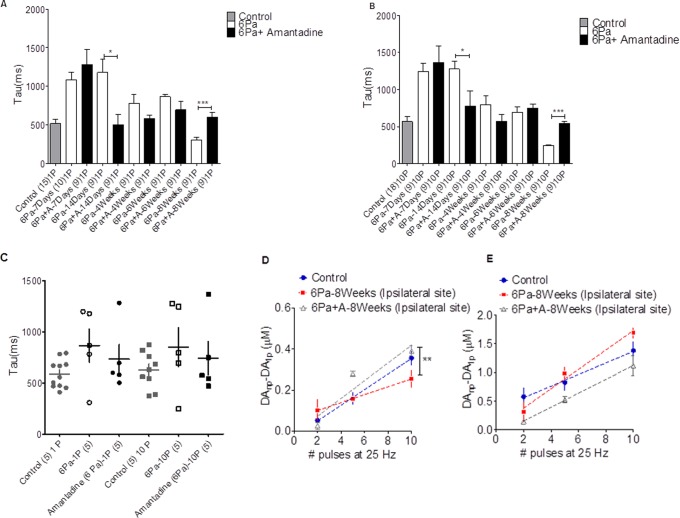Figure 5. Decay time constants (tau) after injury in different injury groups.
The uptake efficiency revealed by the tau value of tonic (1-pulse evoked) dopamine 6-Pa-injured group shown in panel A indicates prolonged values at 1 and 2 weeks (***P<0.001) after injury, but then reduced values at 8 weeks (p<0.05*) after injury. Panel B shows the tau value of the bursting (10-pulse evoked) dopamine release of 6-Pa-injured group with amantadine treatment. A significant prolonged value occurred at 1–2 weeks after injury and then back to normal range after 4 weeks. DA release by comparing peak concentrations elicited by single and multiple stimuli, delivered at 25 Hz (see Materials and Methods) at 8 weeks after injury. The distribution of the mean value of tau at each following time point was plotted (Fig. C). The plot shows a linear increase in DA concentration as a function of pulse number (D and E). 6-Pa-injured rat striatal slices demonstrated a significant reduction in DA concentration per pulse, relative to the control animals (D, injured rat slope: 19.2±6.3 nM/pulse vs. control rat slope: 42.9±5.3 nM/pulse, n = 3; p<0.05*, Tukey’s post hoc). Amantadine treatment reversed the dopamine release probability (D control: solid circle, 6-Pa: open square, 6-Pa+amantadine: open triangle). Nomifensine was used to determine the role of uptake in the regulation of frequency-dependent DA release in the control and the 6-Pa-injured rats. Nomifensine (5 µM) significantly increased the frequency-dependent DA signal in the striatum of both the 6-Pa-injured and amantadine treated groups and higher than control rats (E).

